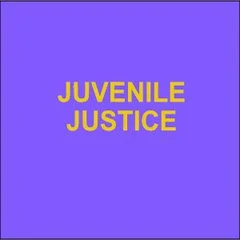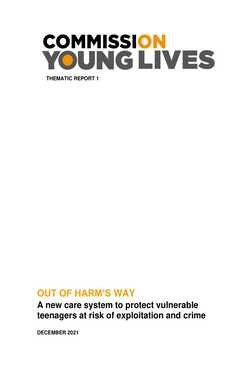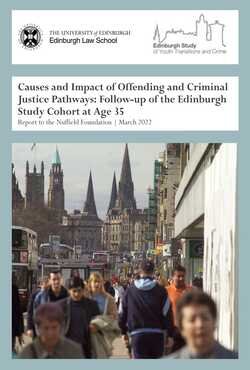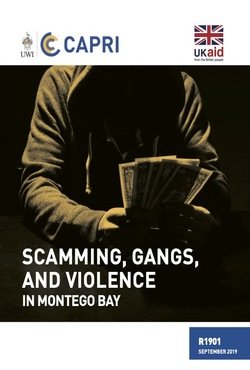By Maria Jerram
This fieldwork for this inspection took place between April and June 2021. The trial for the murder of George Floyd ran alongside it and concluded during this time. The impact of this case and the rise and influence of the Black Lives Matter movement were strongly felt in almost every service we visited during this inspection. It was clear that these events have reignited overdue discussion about racial discrimination and its impact. Over the course of six weeks, we inspected nine different youth offending services (YOSs). We reviewed comprehensive evidence in advance from each area and in total examined 173 cases of black and mixed heritage boys (59 out-of-court disposal cases and 114 cases dealt with by the courts). We commissioned the services of ‘User Voice’ 1 to obtain the views of 38 boys who had been supervised by the different services. They told us about the support they had received and the challenges they face. Prior to this thematic inspection, we analysed our own core inspection data from a 12-month period and found that the quality of service delivery to black and mixed heritage boys tended to be poorer than that of work delivered to their peers. This was especially evident in the out-of-court disposal cases. We were concerned in this inspection to find that when we looked at this type of work, with an increased focus on ethnicity and experiences of discrimination, we found an even greater disparity. The boys whose cases we looked at had complex needs, and opportunities to support them earlier, outside of the youth justice system, had often been missed. It was therefore concerning to find that, when they came to the attention of the criminal justice system, the quality of services they received at this critical moment in their life was insufficient. 60 percent of the boys subject to court orders had been excluded from education, most of them permanently, and the impact of this on their life chances was significant. Black and mixed heritage boys were consistently over-represented in custodial cohorts. In one service every child in custody was a black or mixed heritage boy and this is deeply worrying. Addressing ‘disproportionality’ has been a longstanding objective in most youth justice plans, but our evidence indicates that little progress has been made in terms of the quality of practice. At a strategic partnership level there is a lack of clarity and curiosity about what is causing the disparity and what needs to be done to bring about an improvement. Partners are not collating data and using it effectively to analyse and address the barriers that contribute to the over-representation of black and mixed heritage boys in the criminal justice system. Most services recognised that things have not been done well enough and stated their commitment to improve. In the last 12 months some YOSs have developed focused strategies and plans to address disproportionality and support anti-racist practice; however, any impact of this is yet to be reflected in the quality of casework. This current impetus must now be used to urgently improve practice, service delivery and outcomes for black and mixed heritage boys. To be effective, there must be a clear vision, strategy and plan that is embraced by all partner agencies and understood by all those working with this group of boys. Training, support, direction and guidance for staff are critical, as is the ongoing monitoring and reviewing of progress and improvement. We will also introduce a more robust set of standards around this issue for our core youth inspections.
Manchester, UK: HM Inspectorate of Probation, 2021. 71p






















